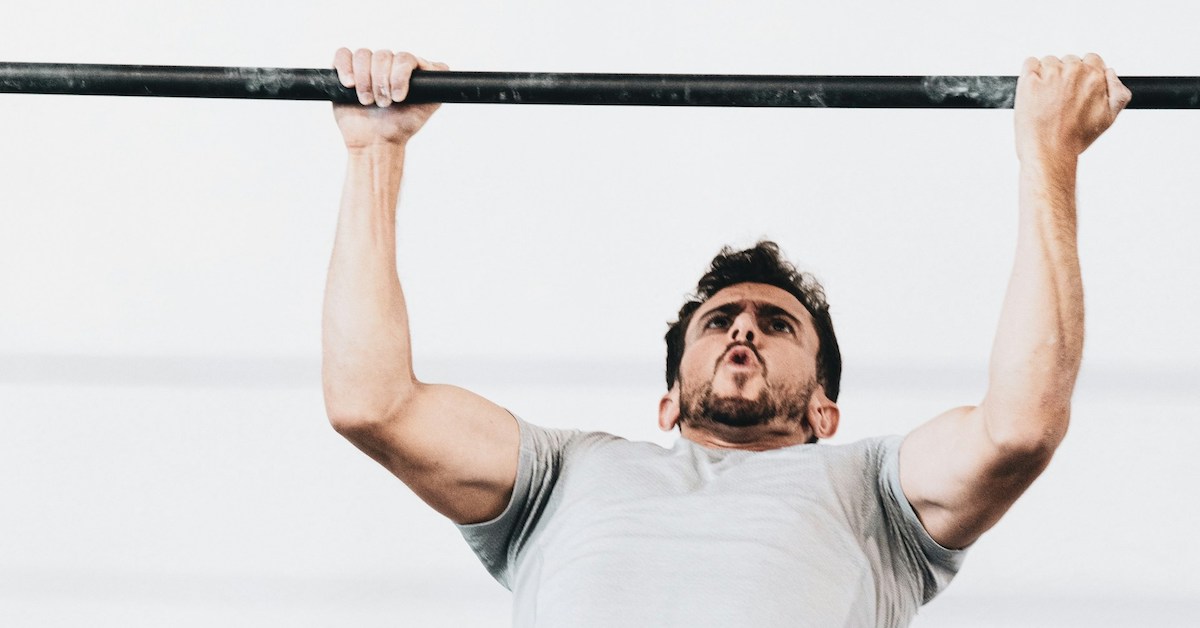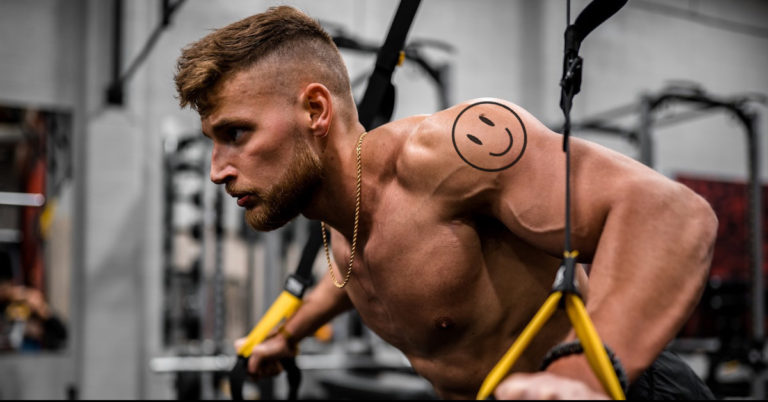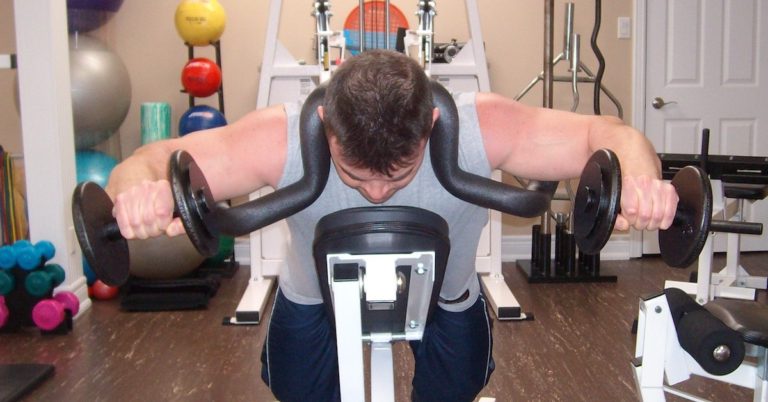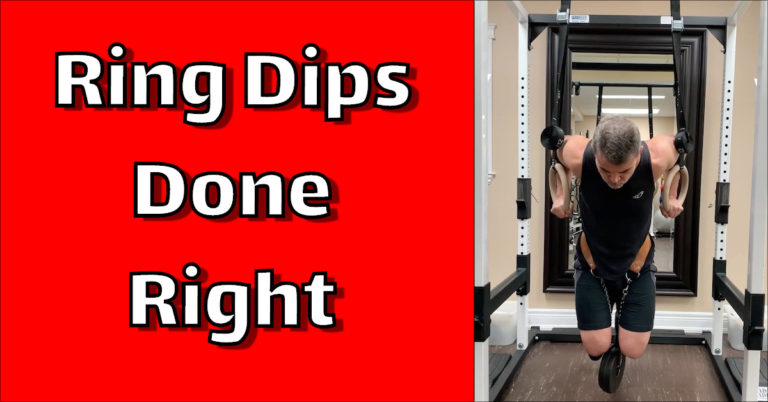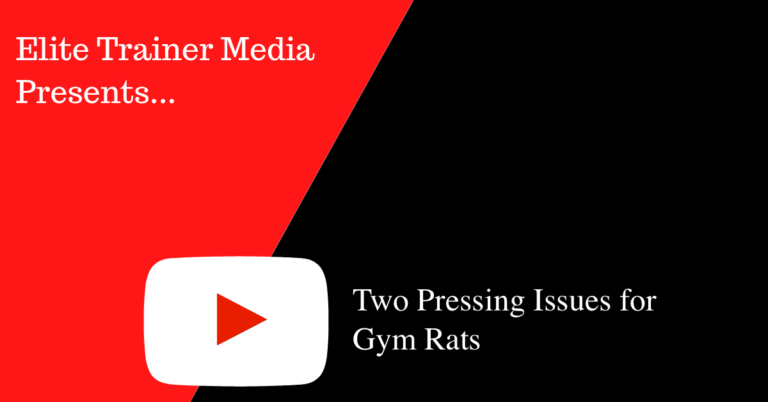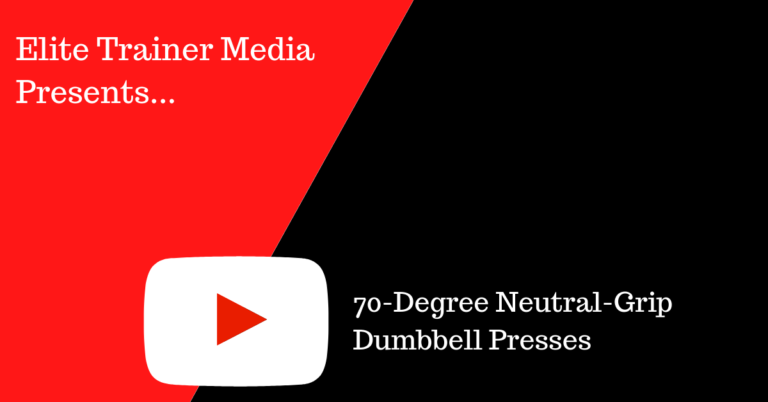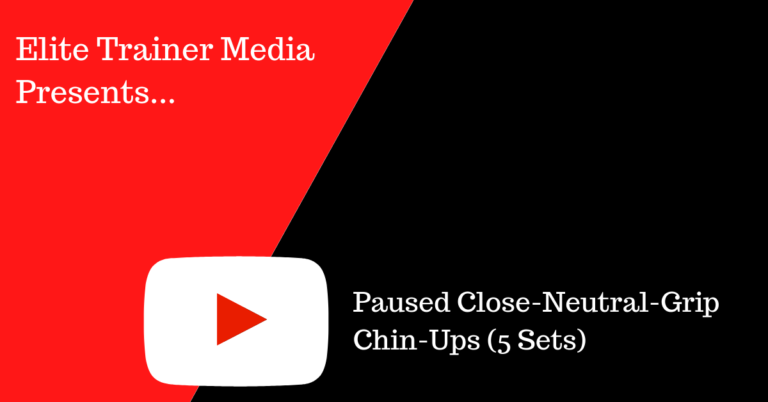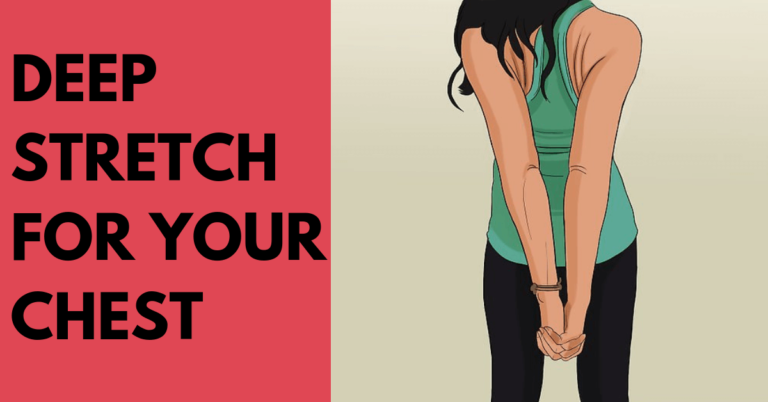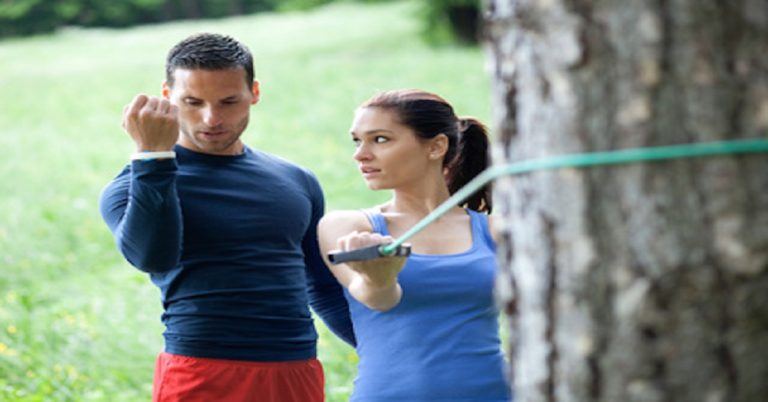For years we’ve been told to avoid behind-the-neck pulldowns and pull-ups. And for good reason — they place a tremendous amount of stress on the shoulders when you’re lifting a heavy load with the humeri abducted and in a position of maximum external rotation. It’s a problem waiting to happen. Besides, it’s not a natural…
You’re only as strong as your weakest link. By now, you must be sick of hearing that phrase! We all know the big prime movers are at the mercy of the small stabilizer muscles. Sure, prioritize the compound, multi-joint movements like squats, deadlifts, presses, chin-ups, and rows that typically make up the “A” series of…
Correcting muscle imbalances should be a primary goal when designing strength training programs. For most individuals, a significant discrepancy exists between the shoulder internal and external rotators. Simply put, we do far too much internal rotation in daily activities—and especially during exercise—and not nearly enough external rotation. You should address that in your programs. Think…
Dips on rings significantly increase stabilizer muscle activation. If you include a training phase with ring dips and then switch back to parallel-bar dips, don’t be surprised if your strength gets a noticeable boost. That said, ring dips are highly advanced and not for everyone. Beginners should master ring push-ups before attempting dips to build…
Most gym rats are “pushers,” not “pullers”—and most do too much horizontal pushing and not enough vertical pushing. If you’re able to press 100-pound dumbbells lying flat on your back, then you should be able to press 70-pound dumbbells overhead for the same number of reps. For every pushing pattern you perform, you should also…
As 2019 comes to a close, let’s take a look back at our most popular and impactful articles of the year. These posts sparked conversation, challenged the norm, and offered practical strategies to help you train smarter. Here are the top 10, plus a bonus: 1. Heavy Hip Thrusts Are Dangerous One of the most…
Here’s a simple way to reduce stress on your shoulders during pressing movements. Next time you’re in the gym, take a look around. Most people perform presses with a pronated grip (palms forward) and flared elbows—an approach that can put a lot of strain on the shoulders and eventually lead to injury. A healthier alternative…
Paused reps can be a game-changer in your training. By deliberately stopping at key points during a lift, you reduce momentum, reinforce proper technique, and dramatically increase muscular tension. In the case of chin-ups, pausing at the bottom not only reduces cheating, but also provides a brief decompression for the spine and shoulders—something many lifters…
Horizontal adduction and internal rotation of the humerus are two primary functions of the pectoralis major muscle. To stretch this muscle, you would perform the opposite actions and hold the end range as demonstrated in the video below. This particular stretch, done in a power rack, is far more effective than the typical corner or…
Today, more training tools are available to personal trainers than ever before. How do you decide what equipment is best? It depends on the situation. Take resistance training, for example. As far as I’m concerned, free weights reign supreme. Whenever I’m asked about a particular machine, my response is always the same: Get yourself a…

